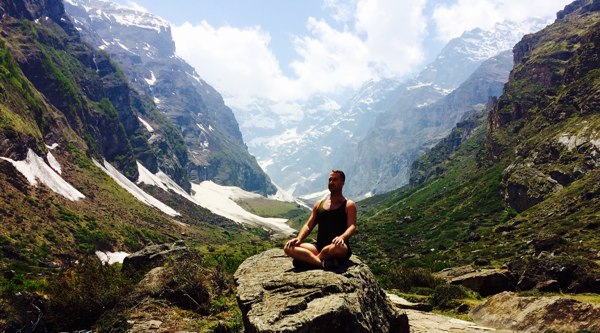One of the most amazing and powerful practices in yoga involves using our “bandhas”.

What Are Bandhas?
Bandhas are the gateways of energy within our bodies often referred to as “locks”. Swami Rama said that a true yogi is “One whose spine is full of light.” The bandhas are locks that open and close allowing energy to move up and down the spine. With practice, these can be opened and closed at will, holding and moving energy through our bodies.
The history of the Bandhas starts with the ancient rishis and yogis who practiced using these locks so they could move prana through their bodies more effectively. This improves mental clarity, helps us to become more grounded, and reduces waste in our bodies.
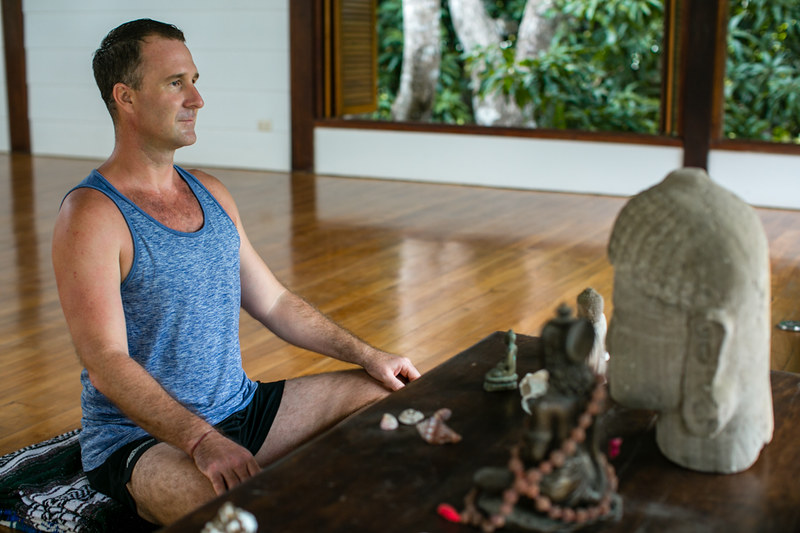
What Is Prana?
In the most basic conceptual understanding Prana is the vital energy that gives life to all living organisms. There is a breathing principle that all organisms practice. Whether they breath oxygen or carbon dioxide, all living organisms on Earth participate in breathing. The ancient scientists of India called this principle Prana.
How Bandhas Relate To Prana
The Bandhas are the locks that control the movement of Prana so that it can be maximized in the body. Initially I suggest that Bandha practices are done with the guidance of an experienced teacher. I recommend attending one of my Yoga Immersions so that I can personally introduce you to the benefits of these locks.
How I Discovered The Power Of The Bandhas
My first experience with practicing the Bandhas was in 1999 in Haiti. I had first been introduced to these locks in a David Swendsten workshop series. When I began practicing them I noticed that my inner power started opening up. When I say inner power I am referring to a combination of my will-power and freedom of movement.
I was able to go beyond my normal limits in my asana practice, and able to be of more service to those around me as a human being. Realizing my inner power allowed me to fully integrate my asana practice with my personal strengths.
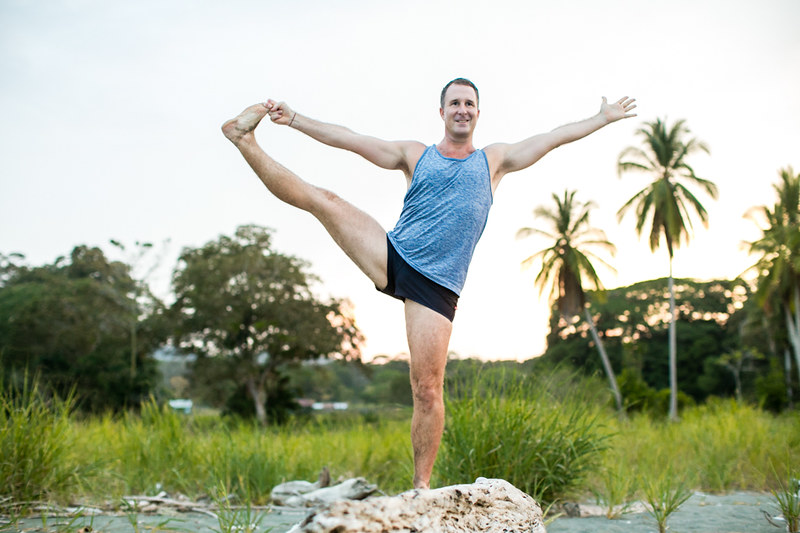
The Bandha Practices
Jalandhara Bhanda / Chin Lock
The first Bandha to experience is the Jalandhara Bhanda which is associated with the neck and upper spine, and often referred to as the Chin Lock. This Bandha is what keeps the spine erect. It is a very important Bandha because it is associated with the beginning of the brain stem and the activities of the para-sympetethic nervous system connecting the head with the heart.
The practice of this Bandha involves inhaling as you stretch the back of the neck and lower the chin to the chest, keeping your back straight. When you can’t hold the breath any longer raise your head gently as you exhale. There are some asanas that activate this lock without any mindful work, shoulder-stand is an example of this.
This stimulates the brain stem and brings Agni (fire of life) to the area so that waste and excess energy can be reduced from the region. Blood pressure decreases with practice of this lock and the thyroid is also regulated which balances metabolism.
A great aspect of this Bandha is that it can be practiced with almost all asanas.
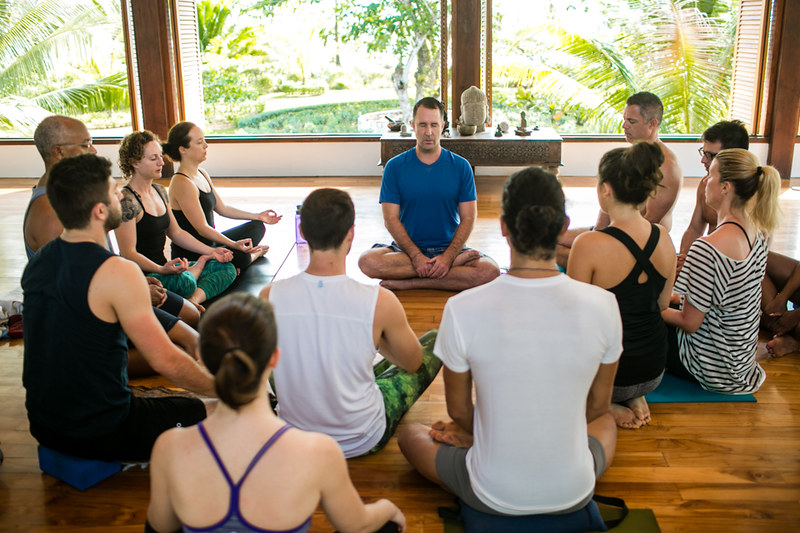
Uddiyana Bandha / Stomach Lock
The next Bandha to experience is the Uddiyana Bandha, also referred to as the Stomach Lock. This bandha is situated in the area above the floor of the pelvis and below the diaphragm. After properly practicing the Jalandhar Bhanda, Uddiyana Bandha is a terrific abdominal massager as the abdomen contracts into the rib cage.
To practice this lock take a deep inhale and as you exhale pull your abdomen towards your spine as if you are sucking everything in tightly. When you can’t hold it any longer come out of it with a long inhale. The next time you’re in downward dog experiment with the Uddiyana Bandha and notice how you can breath out excess air and pull the navel up towards the spine.
This bandha is a wonderful way to give our internal organs a massage and improve circulation which helps with indigestion. The lymphatic system gets stimulated and cleaned, and the diaphragm stretches enabling better and more refreshing breathing.
The Uddiyana Bandha is often seen in master yogis as they suck in their bellies and consciously move prana in and out of their abdomens.
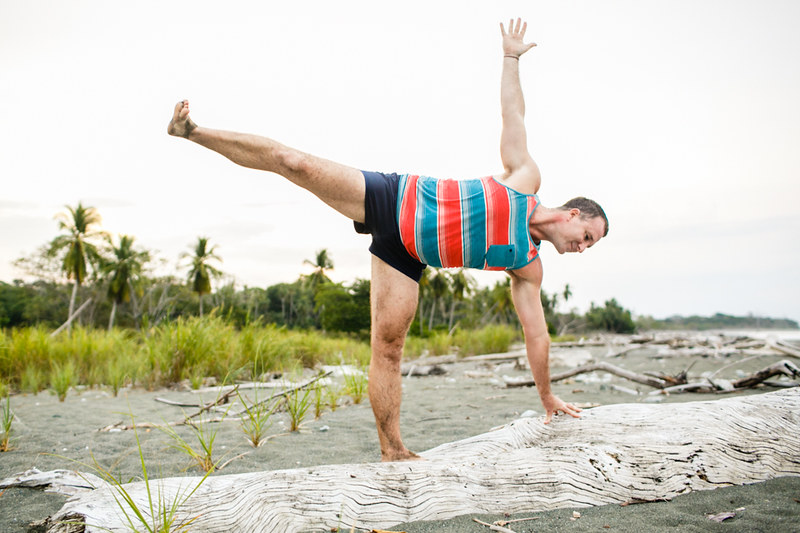
Mula Bandha / Root Lock
The third and final Bandha to experience is Mula Bandha, a perineal contraction also called the Root Lock. The location of this lock is different in men and women. It is essentially in the area between the navel and the floor of the pelvis. You can feel it if you try to block yourself from releasing gas.
Practice by concentrating on squeezing the entire pelvic floor area and pulling it upwards. Try and hold this for a few breaths and then release. This is great to practice while doing yoga, however it should be practiced in simple asanas to begin with as it is a very powerful lock.
One of the main benefits of practicing Mula Bandha is preventing gastric issues. Most Gastrointestinal issues can be prevented by having a strong Mula Bandha. This lock also helps to stimulate pelvic nerves and alleviate constipation, and can help with sexual disorders. Importantly this is the lock that prevents energy from flowing down and out of our bodies.
Pranayama and the Bandhas
Pranayama is the best method of experiencing the Bandhas. By regulating the breath properly you can clearly notice how the locks are affected. Of course, this is after you experience the Bandhas using the asanas.
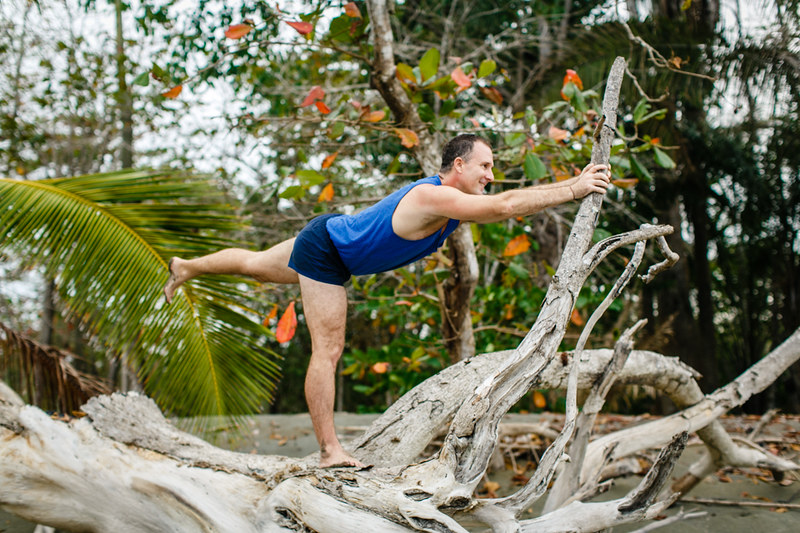
Summary
Practicing using these locks or Bandhas is so powerful when it comes to Kundalini energy. Physiologically, the practice improves Vagus nerve function which means that the body is more connected to the external and internal world.
With better retention and movement of pranic energy we can experience the world with more vigor and attention. We are able to remember better, our senses increase, and even our ability to discern between right and wrong improves significantly.
Learn More About The Bandhas During My Yoga Teacher Training Immersion

